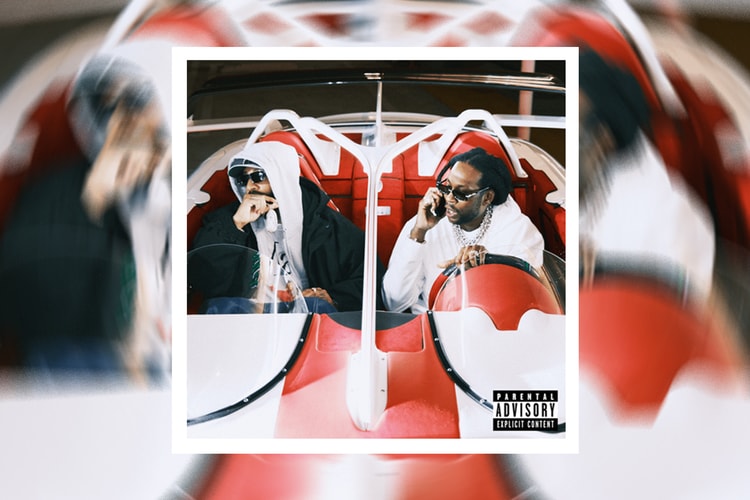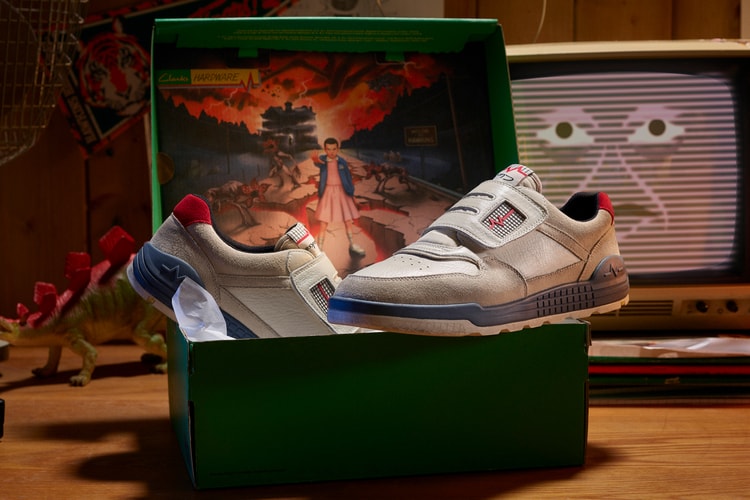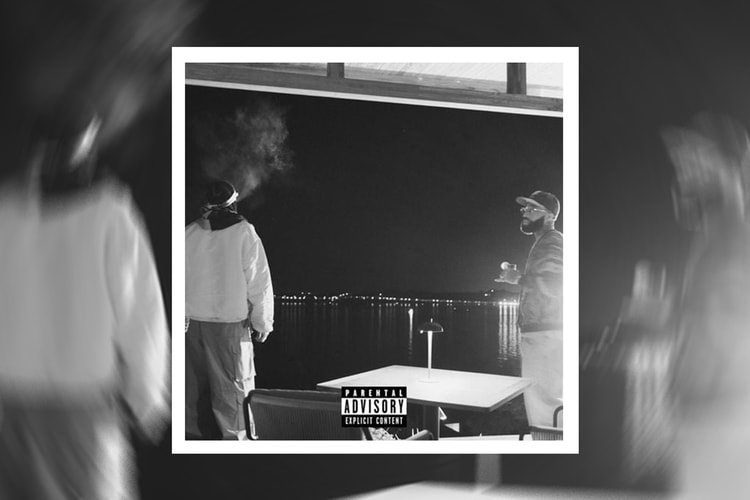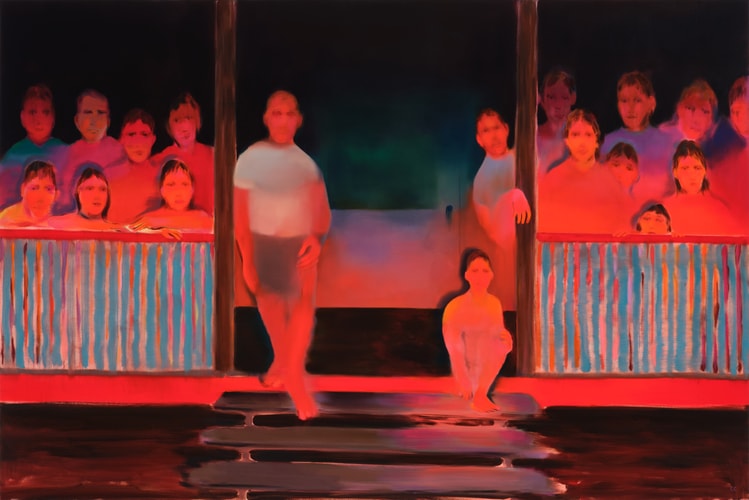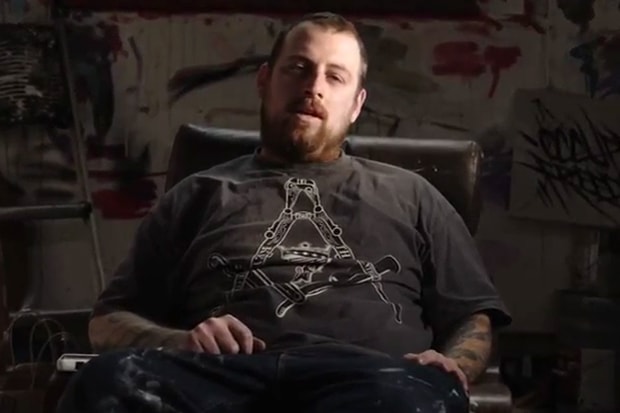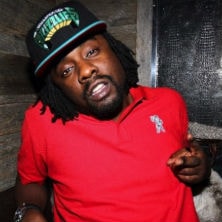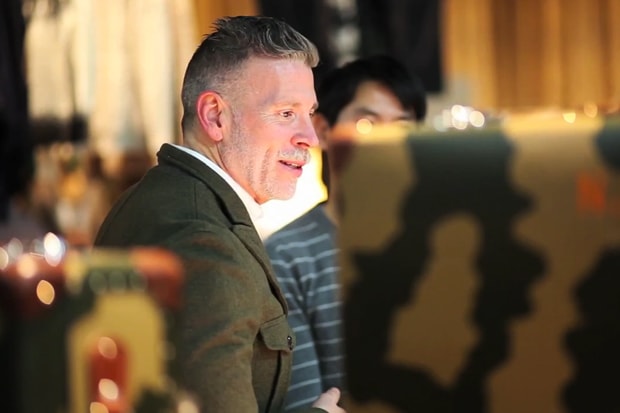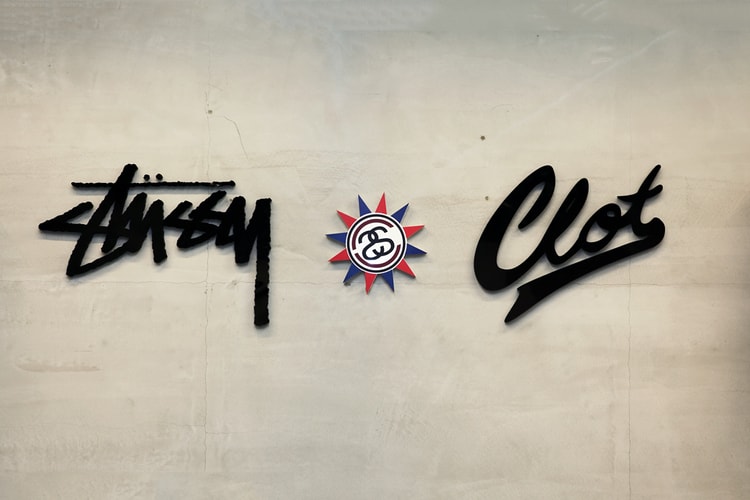The Talks: Larry Clark
American director, producer and writer Larry Clark recently took a moment to share some thoughts on
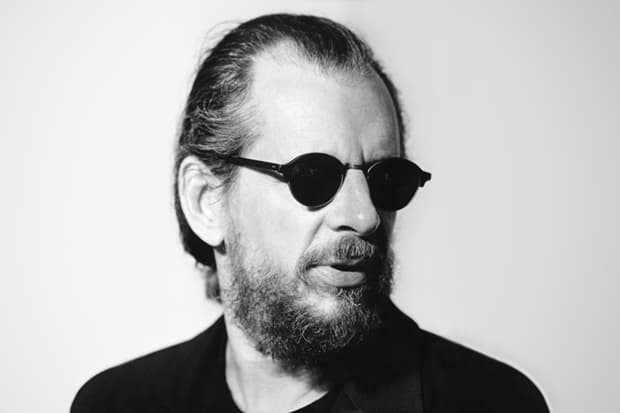
American director, producer and writer Larry Clark recently took a moment to share some thoughts on his body of work with The Talks. Stirring controversy in several mediums since his start as a creative, Clark is best known for touching on urban issues of youth and adolescence. As a cultural figure, Clark predominantly engages in notoriously dark subject matter via his films and photos, and has been cited by other iconic individuals including Martin Scorsese and Gus Van Sant as a significant source of inspiration.
Mr. Clark, do you still skateboard?
I retired because I hurt myself so much and it takes forever to recover, but I actually skated with some kids for about 5 minutes the other day. Took a big chance.
How difficult is it for you to take a picture of one of these skater kids who are so often the subjects of your photos? Do you have to explain who you are?
Well everybody knows Kids. So there is a calling card that I have there. It’s funny, I was at a skate park once and this fifteen year old came up to me and said, “Do you skate?” And I said, “Well I used to, but I am here with these kids and I am making a film about them. I’m a filmmaker.” He says, “Oh yeah?” And I said, “I made another film called Kids. Have you ever heard of that?” And he said, “Everybody’s heard of that!”
Why exactly are you so interested in youth culture? Because kids live for the moment?
Well I think it has more to do with the fact that I started making work when I was a teenager. I photographed my friends over a ten-year period and did the book Tulsa, which turned into visual anthropology. So you see us from the time we were teenagers up until our twenties and how everything changed and how we changed. So I guess since then I have been interested in how we grow up – different areas, different environments, different cultures, different ways that we grow up.
Were you ever afraid that your kids might do some of the things you have photographed other kids doing?
Well as a parent you are always worried and always thinking about the worst-case scenario – you are always just sweating it. But that is part of being a parent. Luckily my kids are so far so good.
Sometimes your work is very disturbing. Do you think that art should have any boundaries?
Well there has got to be some things you can’t do. You can’t kill people, you can’t hurt children; of course there are some limits.
The interview in its entirety can be read here.



